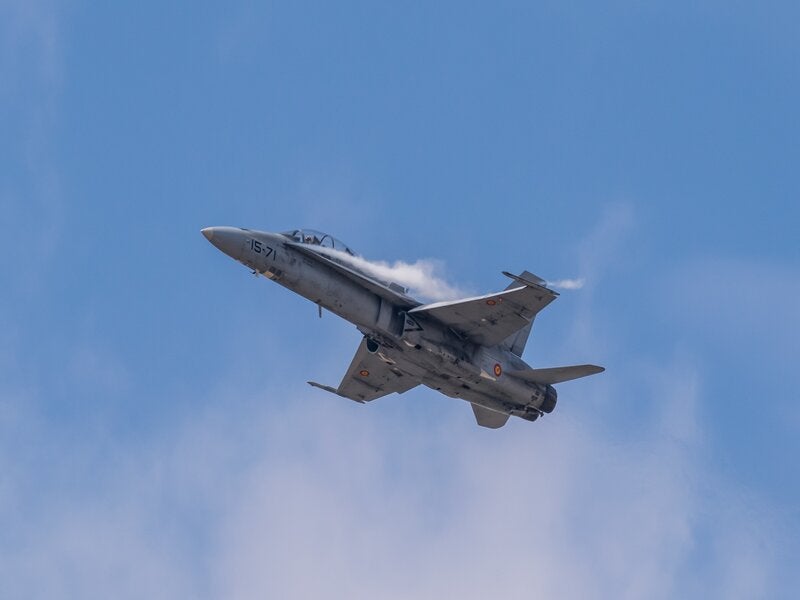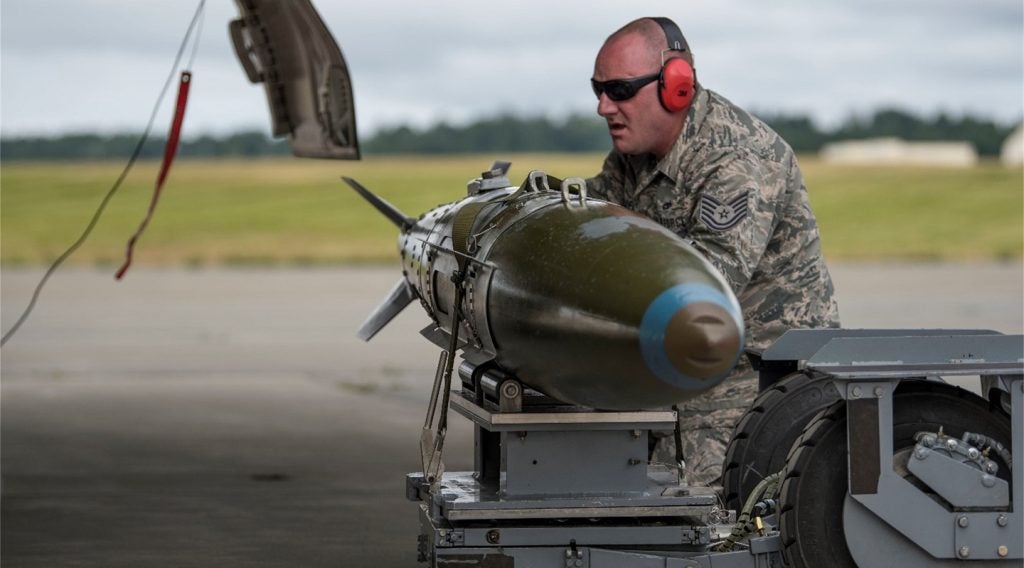
The US Air Force (USAF) has awarded a $950m contract to Silvus Technologies to supply its StreamCaster Mobile Ad Hoc Network (MANET) radio systems, or meshONE.
The systems will support the Advanced Battle Management System (ABMS) programme.
Established in 2018, the ABMS programme was formed to create a combat Cloud MANET. It aimed to transfer the use of the Internet of Things (IoT) model from civilian technology to the battlefield.
The open architecture realises the vision of Joint All Domain Command and Control (JADC2) and enables sensors to inform any shooter in multiple domains, including land, sea, air, space, and cyberspace.
Currently, the ABMS system development is undergoing a series of experiments.
In December last year, the first experiment took place at Eglin Air Force Base (AFB) with experiments to be conducted every four months.
How well do you really know your competitors?
Access the most comprehensive Company Profiles on the market, powered by GlobalData. Save hours of research. Gain competitive edge.

Thank you!
Your download email will arrive shortly
Not ready to buy yet? Download a free sample
We are confident about the unique quality of our Company Profiles. However, we want you to make the most beneficial decision for your business, so we offer a free sample that you can download by submitting the below form
By GlobalDataDuring the experiment last year, Silvus provided the meshONE network.
High bandwidth tactical edge network, meshONE provides connectivity between fixed, mobile, airborne, dismounted, and maritime assets that includes connectivity between unmanned air and ground vehicles (UAVs and UGVs).
Under the latest indefinite-quantity, indefinite-delivery (IDIQ) contract, the procurement of additional StreamCaster MANET equipment will support future events.
Silvus DoD Programmes director Andy Narusewicz said: “This announcement comes as Silvus has been recognized for several major US ARMY acquisitions in support of the Next Generation Combat Vehicle (NGCV), Integrated Tactical Network (ITN), and Integrated Virtual Augmentation System (IVAS) programmes.
“We are excited for the opportunity to leverage our cutting edge MANET technology to solve some of the airforce’s toughest communications challenges.
“Silvus is proud to have contributed to the success of the first ABMS experiment and looks forward to stretching the capabilities of our MANET further in future events.”







